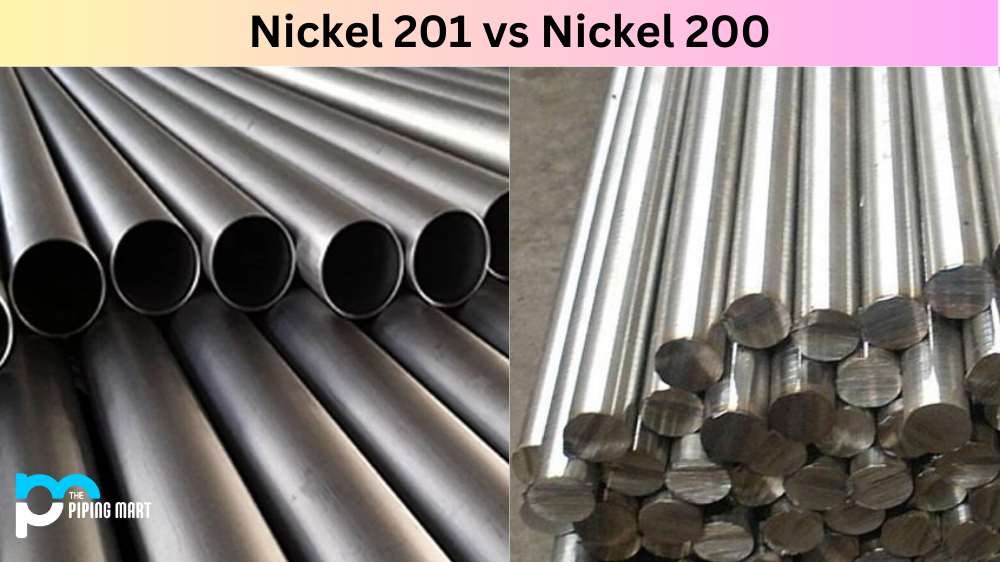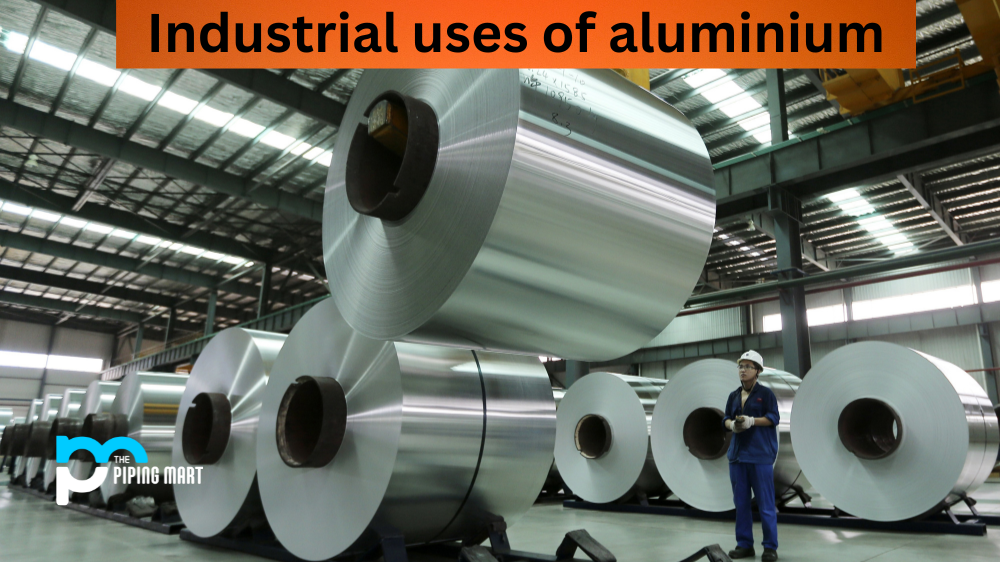Regarding structural steel, two of the most common types you’ll come across are A36 and A1011. Both offer impressive strength and durability, but their varying specifications make them a better fit for certain applications. In this blog post, we’ll delve into the specifics of each type of steel, what sets them apart, and how you can determine which one is best for your project.
What is A36 Steel?
First, let’s start with A36 steel. This type of steel is known for its superior tensile strength, making it a popular choice for construction and manufacturing industries. A36 steel has a minimum yield strength of 36,000 PSI and a minimum tensile strength of 58,000 PSI, making it great for heavy-duty applications like building frames, bridges, and machinery.
What is A1011 Steel?
A1011 steel, on the other hand, is a low-carbon steel that is easy to weld and form. It has a maximum carbon content of 0.08% and is commonly used for sheet metal, ductwork, and automotive body parts. While A1011 doesn’t have the same tensile strength as A36, it’s still incredibly versatile and can be used in various applications.
Differences Between A36 and A1011 Steel
Now that we’ve discussed the basics of A36 and A1011 steel let’s compare them side by side. The primary difference between the two is their yield strength. As mentioned earlier, A36 has a minimum yield strength of 36,000 PSI, whereas A1011 has a minimum yield strength of only 30,000 PSI. However, A36 has a lower carbon content, making it easier to work with and less prone to cracking during welding.
- A36 is a low-carbon steel that is commonly used in structural applications.
- A1011 is a high-strength, low-alloy steel commonly used in sheet and coil products.
- A36 has good weldability, formability, and machinability properties.
- A1011 has excellent weldability and formability properties.
- A36 can be heat treated to improve its mechanical properties.
- A1011 can be heat treated to improve its mechanical properties.
- A36 is typically used in applications where strength and flexibility are required.
- A1011 is typically used in applications where higher strength levels are required.
Choosing the Right Steel for Your Project
So, which type of steel should you use for your project? The answer ultimately depends on the application. If you need steel that can handle heavy loads and high stress, then A36 is likely the best option. However, if you need more malleable steel and easier to form, then A1011 might be a better choice. It’s essential to consider the specific requirements of your project and consult with a steel expert to determine the most suitable option.
Conclusion:
In conclusion, understanding A36 and A1011 is crucial when selecting the right type of structural steel for your project. While A36 boasts superior tensile strength, A1011 is a low-carbon steel that is easy to weld and form. Ultimately, choosing the right steel depends on the application, and working with a knowledgeable steel expert can help ensure you make the right choice.

A passionate metal industry expert and blogger. With over 5 years of experience in the field, Palak brings a wealth of knowledge and insight to her writing. Whether discussing the latest trends in the metal industry or sharing tips, she is dedicated to helping others succeed in the metal industry.




